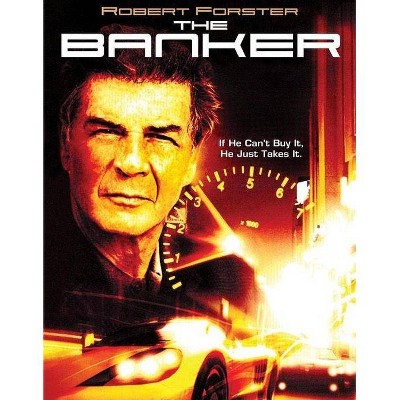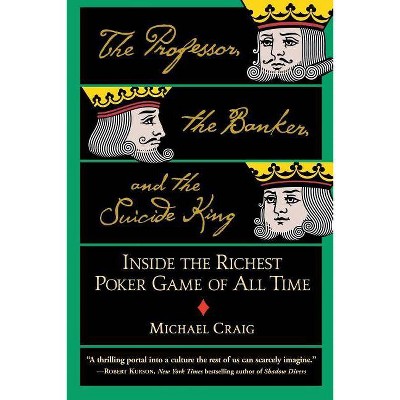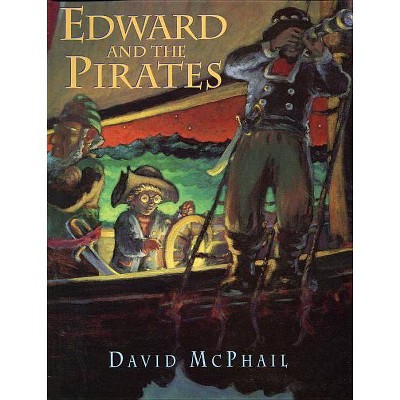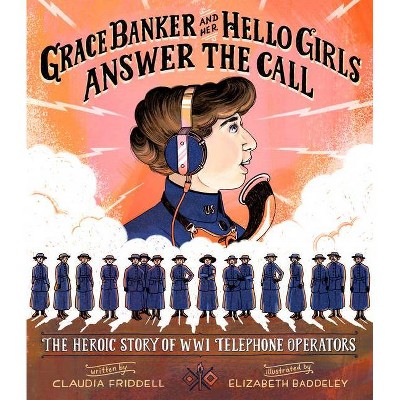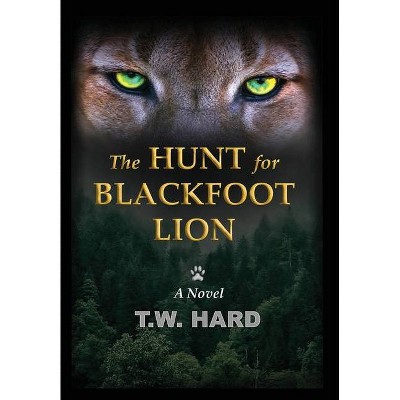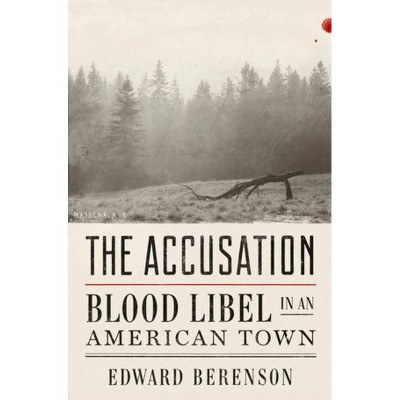The Banker and the Blackfoot - by J Edward Chamberlin (Hardcover)
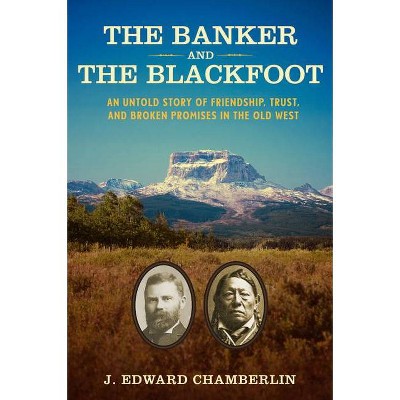
Similar Products
Products of same category from the store
AllProduct info
<p/><br></br><p><b> About the Book </b></p></br></br><i>THE BANKER AND THE BLACKFOOT</i> tells the colorful and compelling story of a real Western town in the foothills of the Rockies in the late 1800s and highlights the unusual friendships and trust that developed there between Indians and newcomers--before the government broke its Treaty promises to the first peoples.<p/><br></br><p><b> Book Synopsis </b></p></br></br>During the last decades of the nineteenth century in the Old West, cowboys and Indians, lawmen and outlaws, ranchers and farmers shared the border between Canada and the United States--and mostly ignored it. American traders and cowboys with their cattle came north to the territory that later became Alberta, and the Blackfoot traveled south to Montana to visit their kinfolk there. Bull trains regularly carried supplies from Fort Benton, on the Missouri River, across the border to Fort Macleod, a small ramshackle town in the foothills of the Rockies.<br> <i>The Banker and the Blackfoot</i> conjures up vividly the never-before-told story of Fort Macleod, the surrounding Blackfoot territory, and the foothills during roughly two decades, 1885 to 1905, when the people living there--First Nations and Métis, rancher and farmer--respectfully set out to accommodate Blackfoot sovereignty and new settlement--before the Canadian government broke its Treaty promises to the Indians. There were many friendships in this time and place, both among town residents and foothills settlers and the police, and between many of them and the Blackfoot. It was here that the self-made banker John Cowdry--J. Edward Chamberlin's grandfather--met Crop Eared Wolf, the legendary Blackfoot warrior and brilliant horseman, and their friendship and trust formed a lasting bond. Cowdry later became the town's first mayor, and Crop Eared Wolf succeeded his father, the great statesman Red Crow, as head chief of the Blood tribe.<br> Fort Macleod embraced it all--Sun Dances and social dances, bibles and medicine bundles, drums and piano recitals, horse races and polo matches, and rodeos to celebrate both the horse culture of the Blackfoot and the skills of the cattle range. The town was full of great characters, including Madame Kanouse (<i>Natawista</i>), admired for both her influential intelligence and her stunning fashion sense; Kamoose Taylor, hospitable patron of the Macleod Hotel--where Francis Dickens, son of the great novelist Charles Dickens, and the Sundance Kid himself were found at the bar; Colonel James Macleod, commander of the North-West Mounted Police; the taciturn Jerry Potts, unequaled Métis guide and interpreter; John Ware, a successful black cowboy and rancher; and the renowned Peigan chief Big Swan.<br> Full of wisdom, passion, and insight, <i>The Banker and the Blackfoot</i> compellingly portrays a time when many people in that part of the Old West looked for ways of getting along with each other and getting on with the things that mattered to them all. Their remarkable story offers hope for all of us today.<p/><br></br><p><b> Review Quotes </b></p></br></br><br>PRAISE FOR <i>THE BANKER AND THE BLACKFOOT</i>: <p/> "A well-told narrative with a cast of fascinating characters provides a true accounting of Western and frontier settlement and cultural change."--<i>LIBRARY JOURNAL</i> <p/> "Not just a biography, not just a social history...the book allows Chamberlin...to look back at the roots of the modern relationship between the First Nations of the plains and the white settlers...It's a wrenching account of betrayal and loss...and a reminder of our common history. There is...power in such a story."--<i>VANCOUVER SUN</i> <p/> "...<i>The Banker and the Blackfoot</i> tells a broader story through an intimate one about Cowdry...and Crop Eared Wolf. It's a story about a unique time and place, where settlers, First Nations and the Métis lived with a sense of mutual respect..."--<i>CALGARY HERALD</i> <p/> PRAISE FOR J. EDWARD CHAMBERLIN'S <i>HORSE</i>: <p/> "A paean to the horse, our ambassador between the wild and the civilized...Ambitious and sweeping."--<i>THE WASHINGTON POST</i> <p/> "Both as a genuine labor of love and awe and as a treasure trove of equinalia, <i>Horse</i> is bound to find many delighted fans."--<i>LOS ANGELES TIMES</i> <p/> "He brings a sweeping historical and cultural viewpoint...Chamberlin reaches back through the nearly 10,000 years during which he says horses have been domesticated."--<i>SOUTH FLORIDA SUN-SENTINEL</i> <p/> "If you can't own a horse or ride one, reading this book is a good second best. In fact, it might get you riding, so be careful."--<i>THE GLOBE AND MAIL</i><br><p/><br></br><p><b> About the Author </b></p></br></br><b>J. Edward Chamberlin</b> is professor emeritus of English and Comparative Literature at the University of Toronto, a Fellow of the Royal Society of Canada, and an Officer of the Order of Canada. He was Senior Research Associate with the Royal Commission on Aboriginal Peoples in Canada, and has worked extensively on indigenous land claims in Canada, the United States, South Africa, and Australia. His books include <i>If This Is Your Land, Where Are Your Stories? Finding Common Ground</i>; <i>Horse: How the Horse Has Shaped Civilizations</i>; and <i>Island: How Islands Transform the World</i>. He lives near Vancouver.
Price History
Price Archive shows prices from various stores, lets you see history and find the cheapest. There is no actual sale on the website. For all support, inquiry and suggestion messages communication@pricearchive.us

